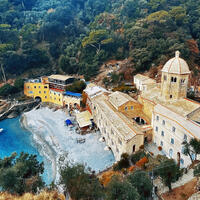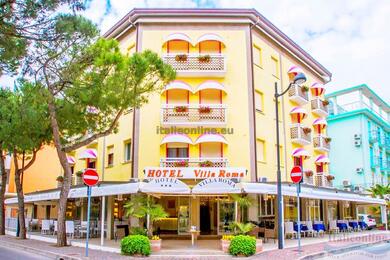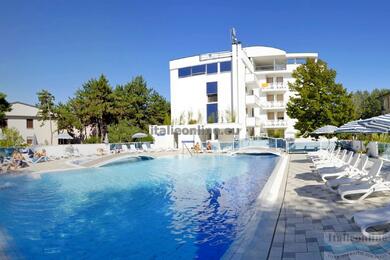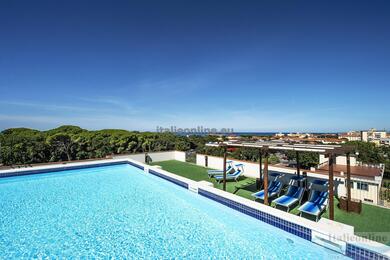The Doge's Palace is one of Venice' s most iconic buildings and literally embodies the wealth, power and culture the city acquired during its glory days as a maritime power. Located in St. Mark's Square, it is adjacent to St. Mark's Basilica, forming a stunning historical complex.
The palace was originally built in the 9th century as a fortress. After several fires, it was rebuilt and took on its present form in the 14th and 15th centuries.
For centuries, the Doge's Palace was the centre of government of the Venetian Republic. It served as the residence of the Doge (the supreme leader of Venice), the seat of government and the judiciary, where important meetings were held. institutions of the Republic, such as the Grand Council and the Council of Ten, and a prison - the dungeons (Pozzi) and attics (Piombi) of the palace housed cells for convicts.
The most famous prisoner of Piombi was undoubtedly Casanova. However, he managed to escape from prison. And because the conditions in the prison were inhuman, a new prison was built in the 17th century on the other side of the Rio del Palazzo and was connected to the palace by the Ponte dei Sospiri (Bridge of Education).it took its name from the alleged sighs of the convicts who had seen the last of daylight on the bridge.
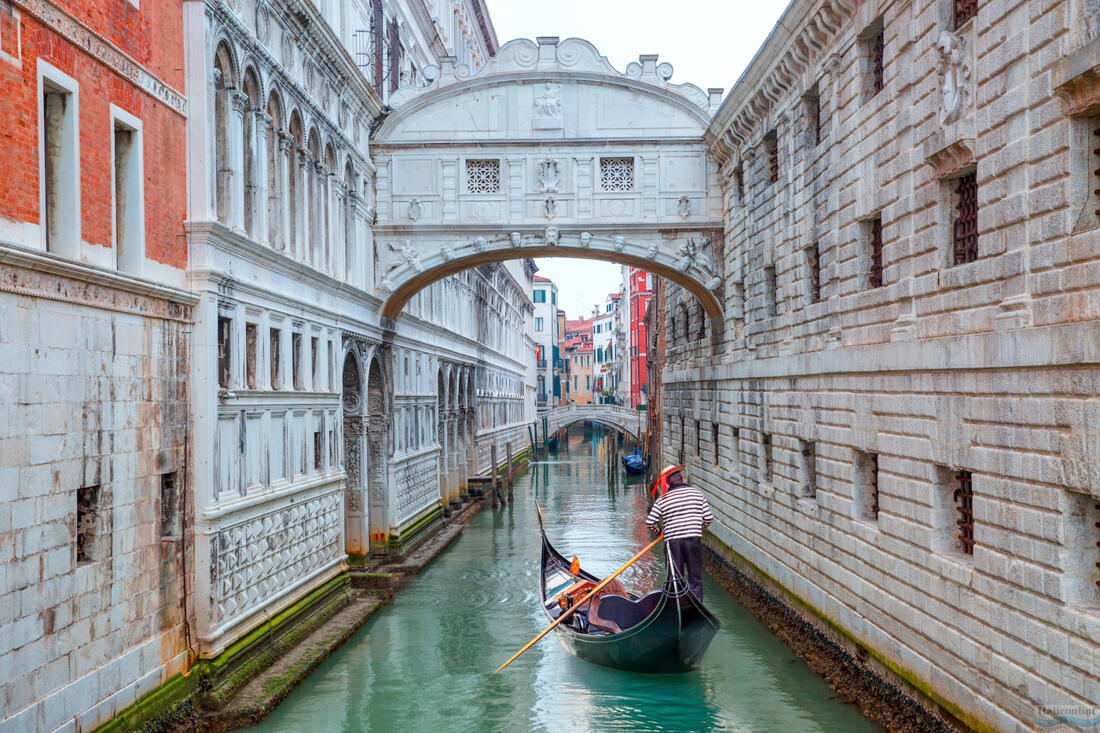
The Doge's Palace is an architectural masterpiece. Its exterior and interior exude beauty and elegance. The façade is made of white and pink marble, which is decorated with rich gothic arcades and a balcony with detailed carved ornaments. At the top is a statue of St. Mark with a lion, the symbol of the city.
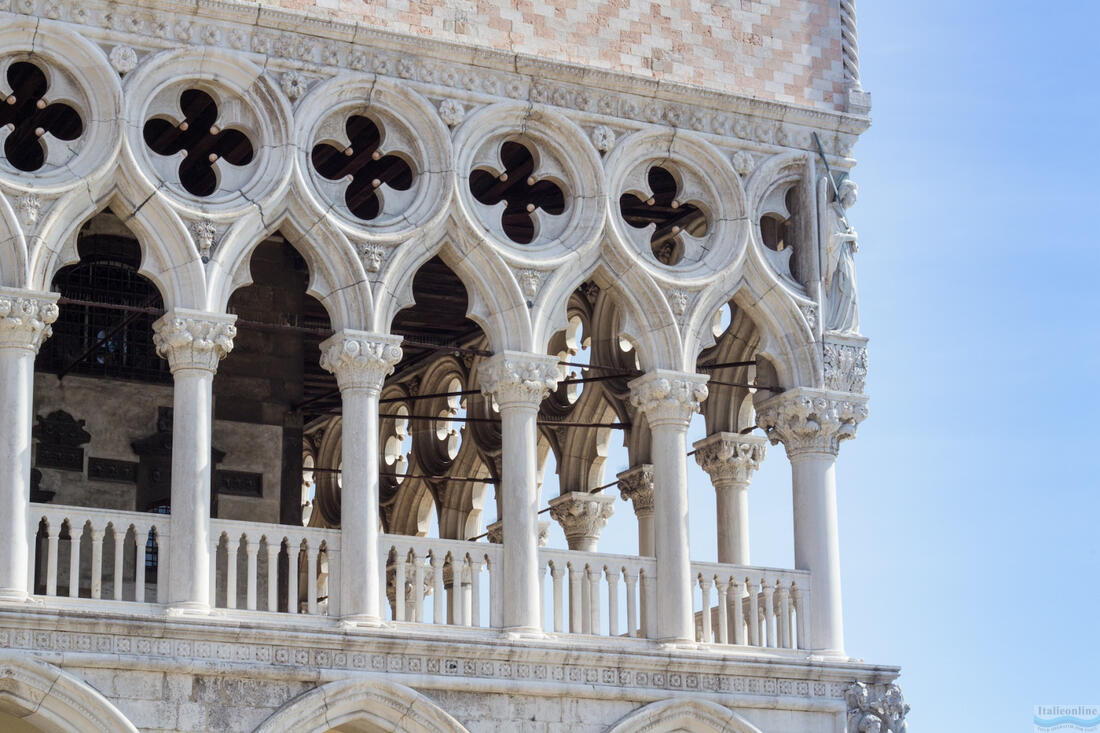
The inner courtyard is surrounded by majestic arcades. Here is the Scala dei Giganti (Stairway of the Giants) with statues of Mars and Neptune, symbolizing the military and naval power of Venice. The Stairway of the Giants was the site of the coronation of the Doge.
Also in the courtyard are two massive bronze wells from the 16th century. They served as a source of water for the entire palace complex. They are decorated with detailed reliefs and are an example of Venetian craftsmanship.
From the north side of the courtyard there is direct access to St Mark's Basilica. From the courtyard you can admire its richly decorated façade and mosaics.
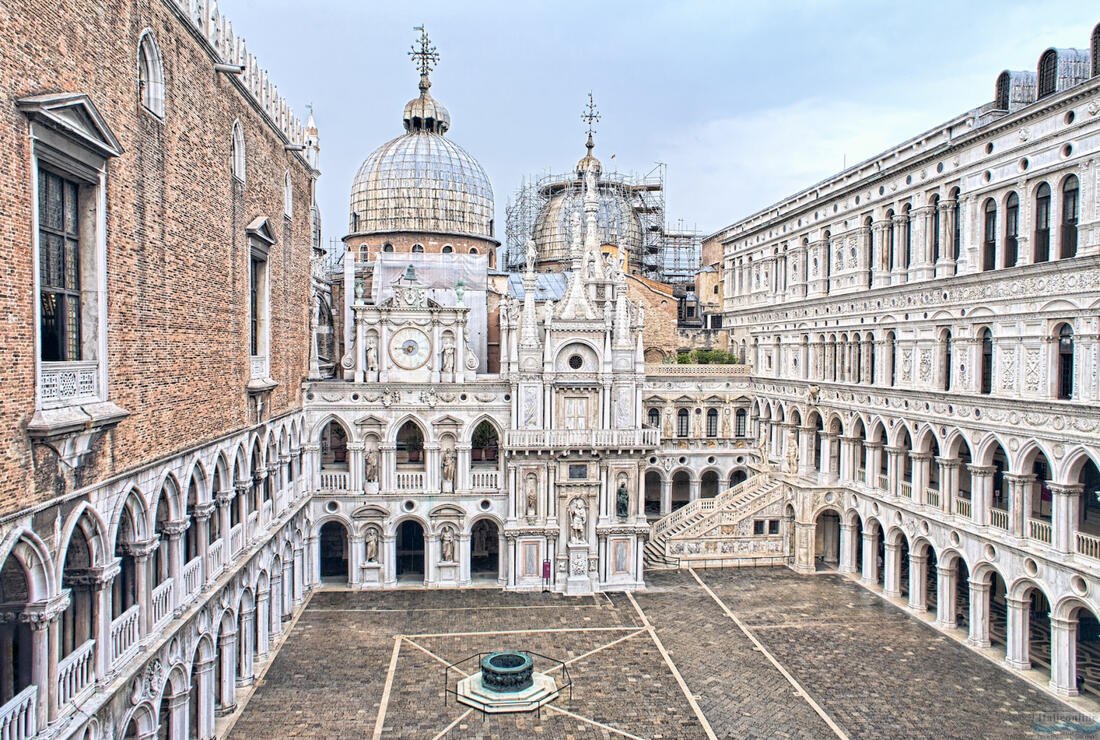
Inside, the Palace impresses with its sumptuous halls, which are decorated with frescoes by masters such as Tintoretto, Veronese and Titian. The largest hall is the Hall of the Great Council (Sala del Maggior Consiglio), which could hold up to 2,000 people.
Practical information
- Admission: the price of a basic ticket is usually around €25, but includes other sights in St Mark's Square. Children and students are often entitled to a discount.
- Opening hours. Opening hours may be adjusted on public holidays.
- Booking.
- Tours.
Arrive early in the morning or late in the afternoon to avoid the crowds. Set aside at least two hours to visit the Doge's Palace so you can see all the exhibitions.don't miss the view from the Bridge of Sighs, which provides a unique view of the canals of Venice.
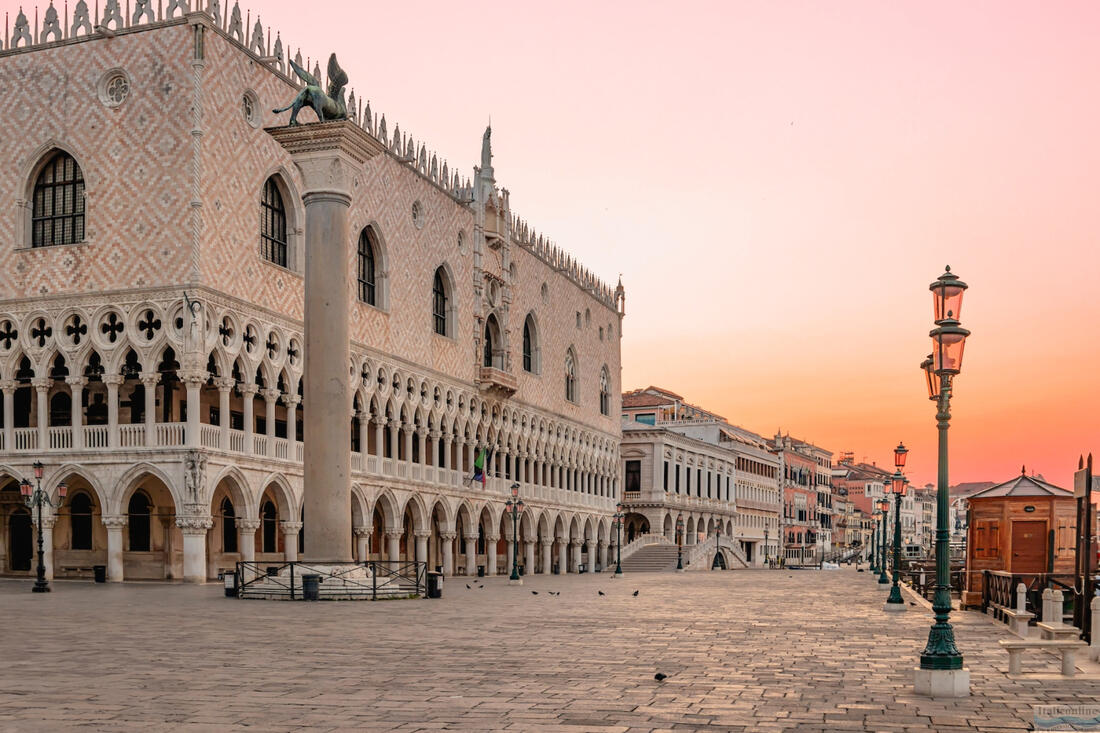
Did you know...?
- The palace hides many secret rooms and corridors that served as links between different parts of the building. Some of them are accessible on special tours.
- In one of the rooms, there is an old world map preserved that shows how the Venetians perceived the world during their maritime dominance.




